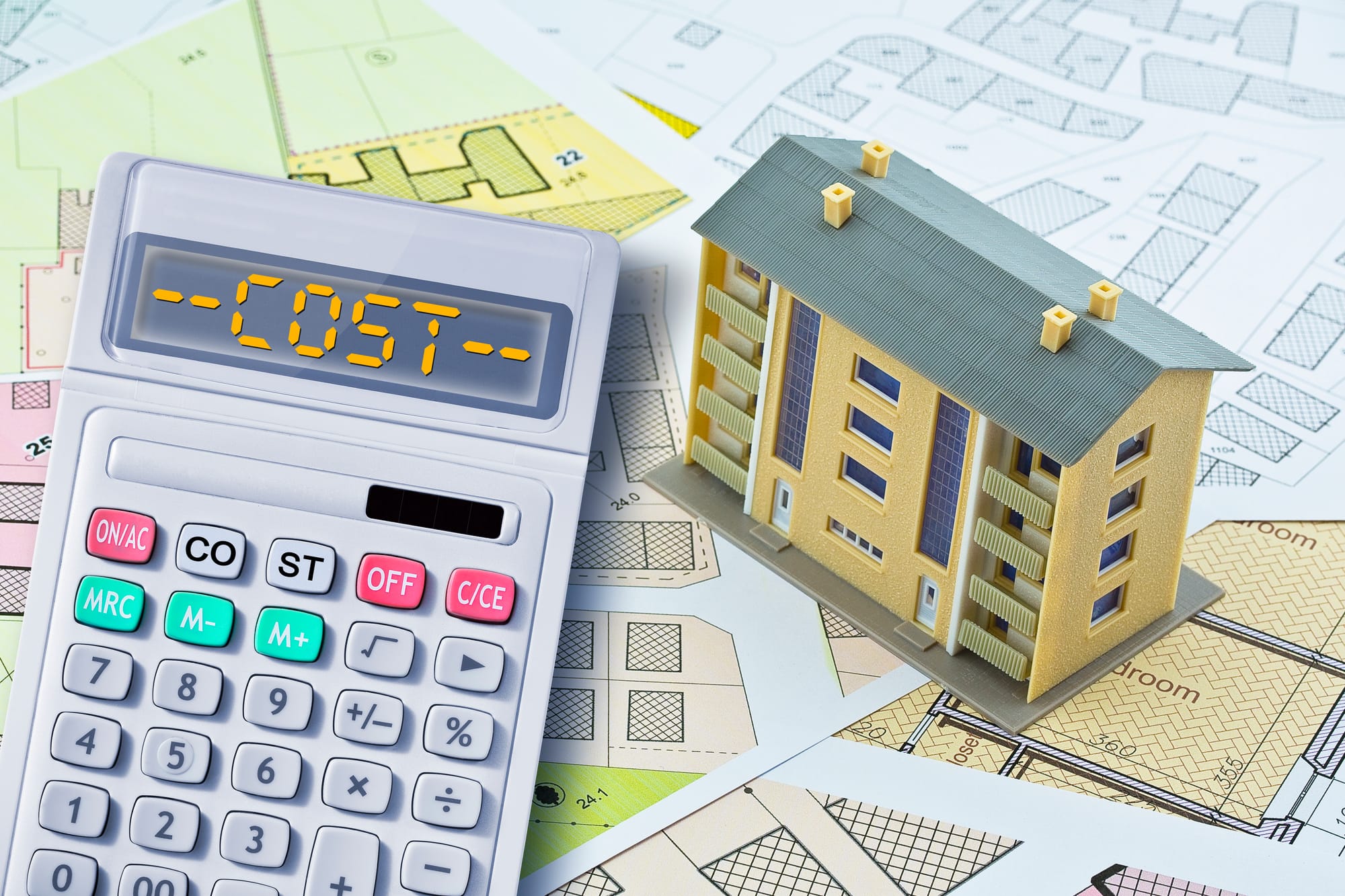Cost-Effective Construction: The Economics of Reinforced

Cost-Effective Construction: The Economics of Reinforced Concrete
Steel fiber reinforced concrete is a fundamental building material used globally for its strength, durability, and flexibility. Essential in the construction of buildings, bridges, and other infrastructure, steel fiber reinforced concrete combines the compressive strength of concrete with the tensile strength provided by steel reinforcement. This cost-effective construction method has numerous economic advantages, which can be maximized through strategic planning and innovative design. Below are key points highlighting the economic benefits and cost-effectiveness of using steel fiber reinforced concrete in construction projects.
- Durability and Lifespan
Steel fiber reinforced concrete boasts an impressive lifespan, significantly reducing the frequency and costs associated with repairs or replacements. Its inherent durability allows it to withstand harsh weather conditions, chemical attacks, and heavy traffic, making it especially suitable for large-scale infrastructure and commercial buildings. By investing in Steel fiber developers reduce costs considerably.
- Fire Resistance
Concrete mixed with steel fiber is naturally fire-resistant, providing enhanced safety and minimizing potential losses due to fire. This characteristic reduces the need for additional fireproofing treatments that could otherwise increase the overall cost of construction. Insurance premiums for buildings made from reinforced concrete are often lower, reflecting the reduced risk associated with the material.
- Labor Efficiency
Labor efficiency construction techniques involving steel fiber reinforced concrete, such as slipforming and precast elements, can significantly speed up the construction process. These techniques save time, reduce labor costs, and allow projects to be completed sooner, which is economically beneficial in terms of both direct costs and opportunity costs.
- Modular and Prefabricated Components
Steel fiber reinforced concrete lends itself well to prefabrication. Elements such as beams, columns, and slabs can be cast and cured off-site in controlled environments, improving their quality and reducing waste. When these components are delivered to the site, they can be quickly assembled, reducing on-site labor time and construction period financing costs.
- Cost Stability
Compared to other building materials, the price of steel fiber tends to be more cost-effective than its opponent. This cost stability can be crucial for budgeting and financial planning on large-scale projects, as it protects developers from the volatility often associated with building materials during long-duration projects.